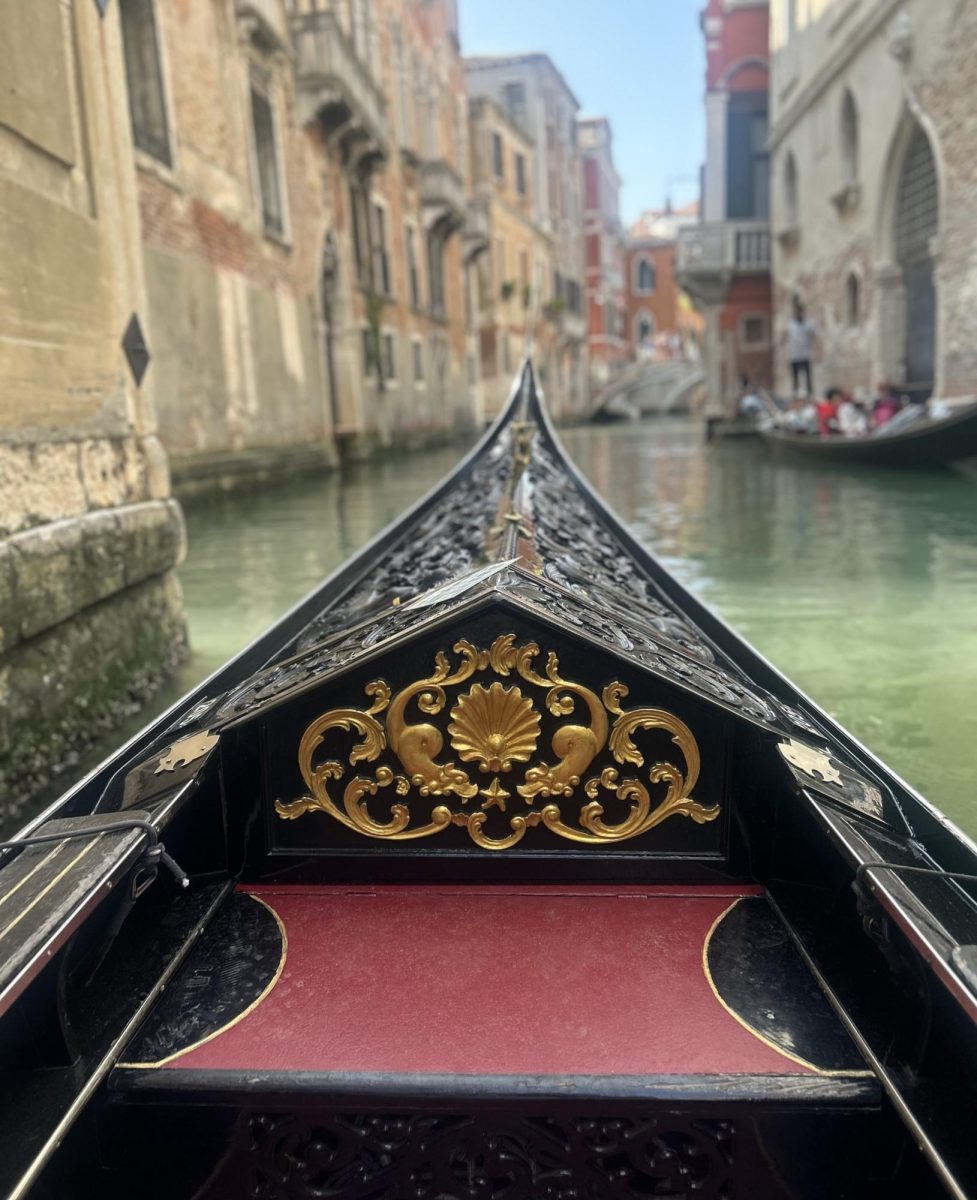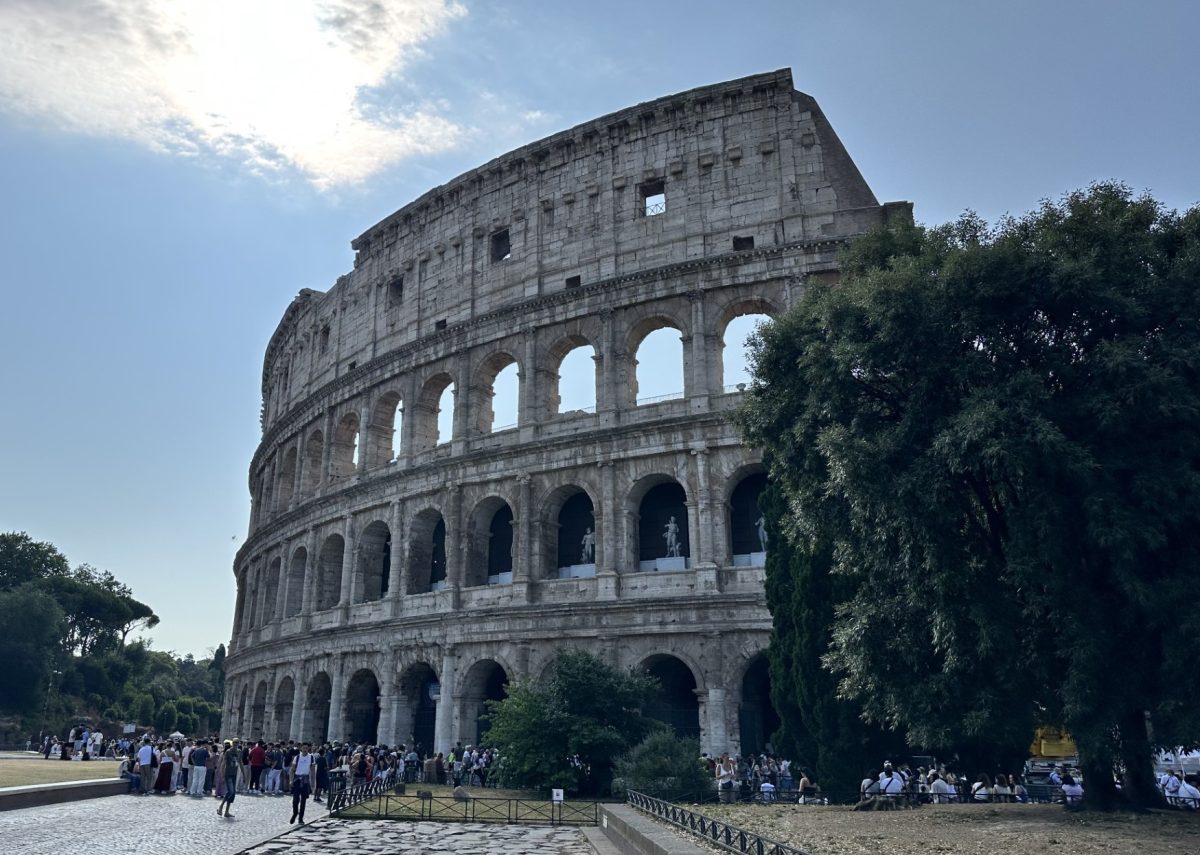Venice, Florence, and Rome, the trifecta of Italian culture, are renowned for bringing history to life for the millions of tourists who grace their streets each year. Reading a novel about gallant gladiators who fought for their lives in the Colosseum, and watching documentaries about Da Vinci’s future-forward ideas, waned in comparison to experiencing the real thing.
Wading through the canals of Venice in a gondola, walking the bustling streets of Florence, intoxicated by the pungent aroma of espresso, and exploring the mysterious Necropolis under St. Mark’s Basilica, put any book to shame.
Standing in a place of such significant influence with my gelato in hand, Italy no longer became a forgetful chapter in my old textbook, but a tangible experience, which allowed me to indulge in a culture so different from my own. (For complete photo gallery of Florence, click on image above)
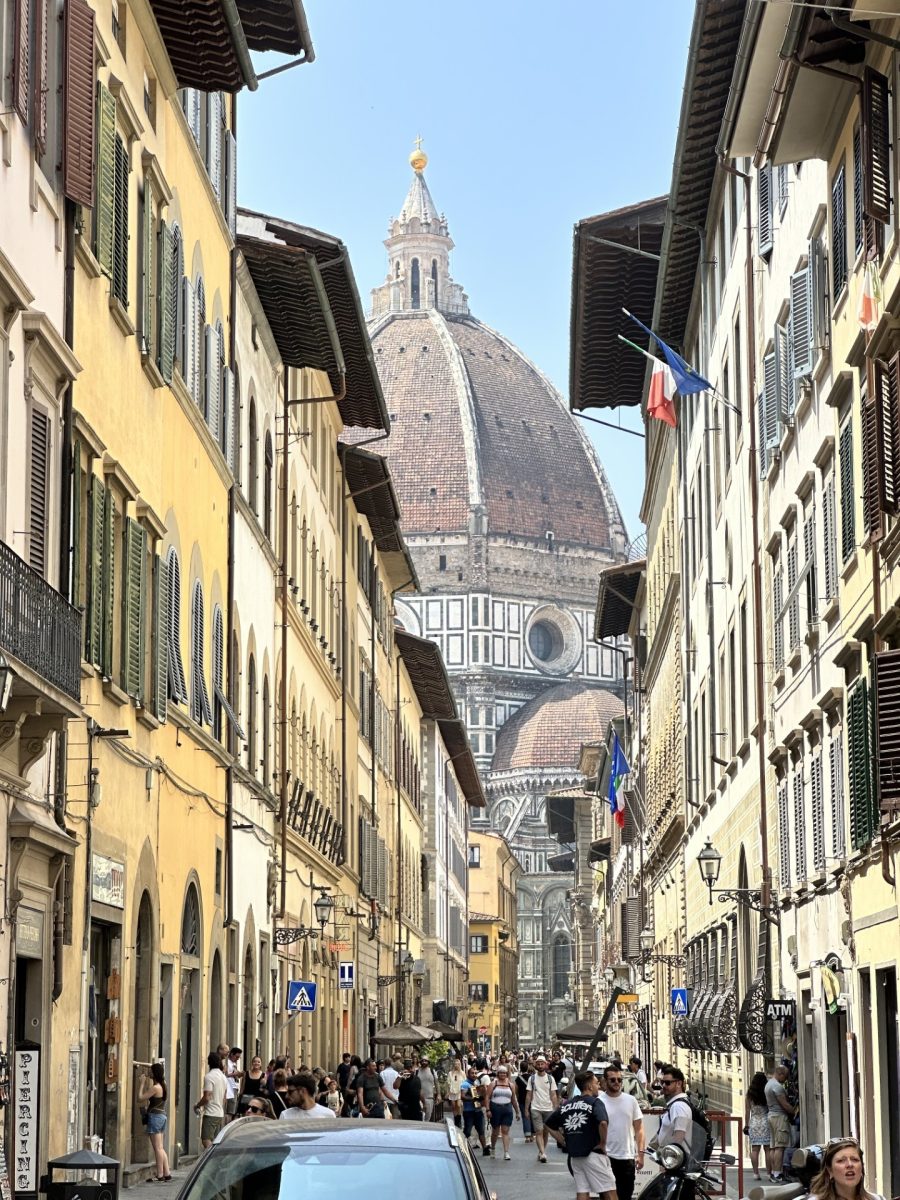
FLORENCE
From bright colors to Renaissance style art, much can change over the course of 160 miles. The colorful and rich culture found in Venice is lost behind the Renaissance-style architecture, influenced by the Medici family in Florence. Bustling, artful, and timeless, Florence’s stone streets and homey stores transport not only the taste buds, but the mind back in time.
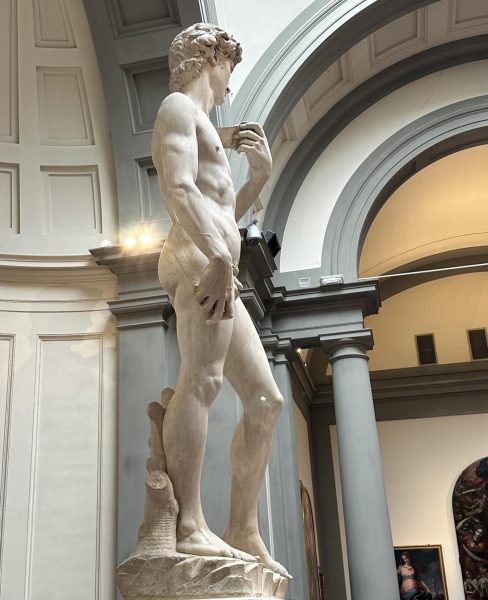
Florence is nostalgia at its finest.
At long last, after a short two-hour ride on a bullet train, we arrived in the bustling city of Florence. To my despair, we woke up with the sun on our first full day in Florence, where we went to the Accademia to see Michelangelo’s David, as well as other unfinished sculptures by him, which were commissioned during what could be considered the lowest point in his life.
The uncompleted sculptures showcased Michelangelo’s method of working from the front to the back, which made the sculptures seem as though they were breaking free from the marble, struggling to prove that they could reach their fullest potential.
Similarly, Michelangelo was trying to prove to the Italian public and the Pope that he could surpass expectations. While there, we also had the opportunity to see their music exhibit, which houses one of the earliest models of a piano.
Now, what is a trip to Florence without a visit to the Uffizi Museum, which is home to some of the most coveted art pieces in the world, such as Caravaggio’s Medusa and The Birth of Venus.
I’ve never considered myself an art fanatic; however, being in the presence of such extraordinary masterpieces may have caused me to question that.
The Medusa made me reflect on struggle, and the thin line between life and death, and the moments in between. However, the Birth of Venus, conveys modesty and how converting flaws or beauty can make one more palatable to the world. This idea resonated with my own, and many teens think that they need to cover themselves and their beauty to appease others.
Our time in Florence was short-lived. However, we were able to squeeze in a visit to the Ponte Vecchio to see its jaw-dropping sights, as well as the city of Pisa, where we not only saw the Tower of Pisa but the Baptistery and Cathedral as well.
History does not hide in Florence, it flaunts itself and its beauty in a way that connects history to the current times, and uses motifs such as struggle or overcoming barriers to appeal to not only myself, but the millions of tourists who visit each year.
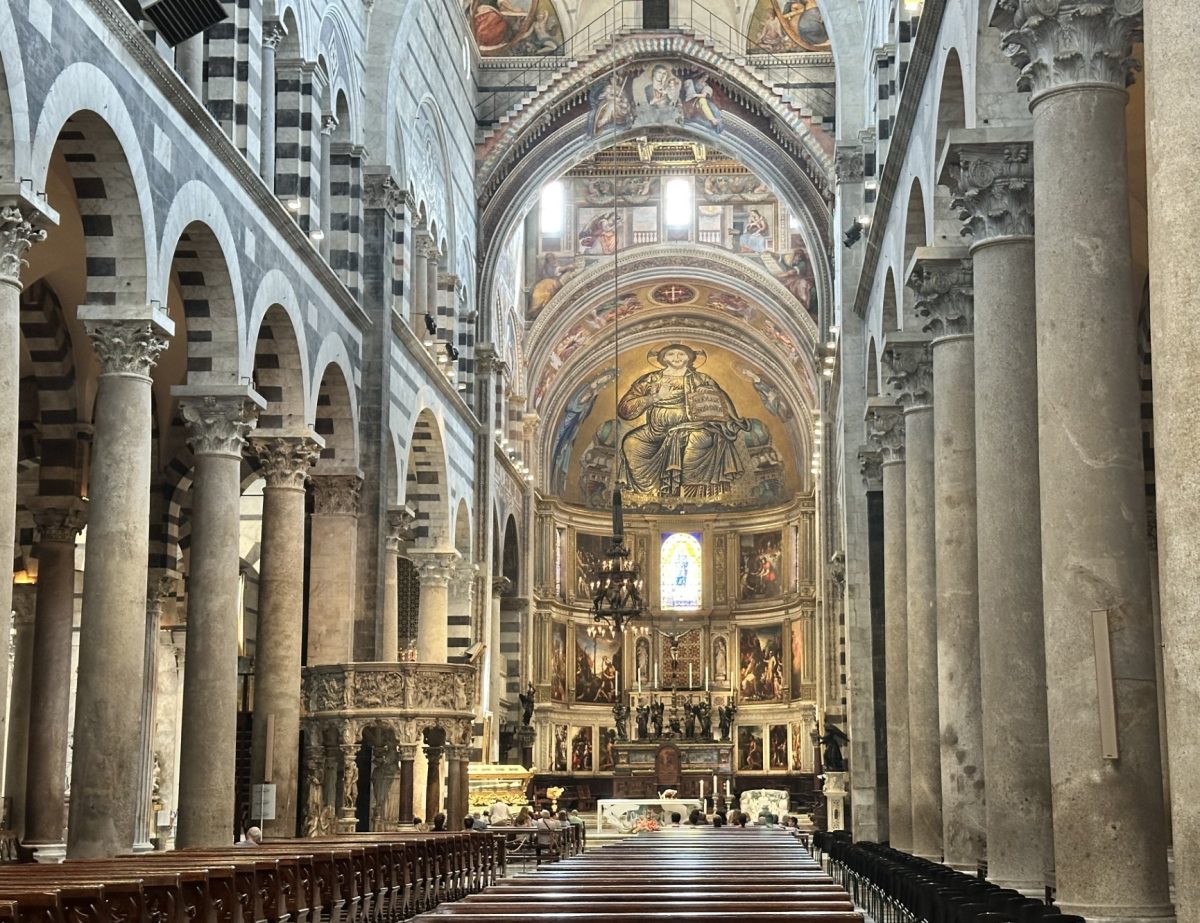
–July 3, 2025–


